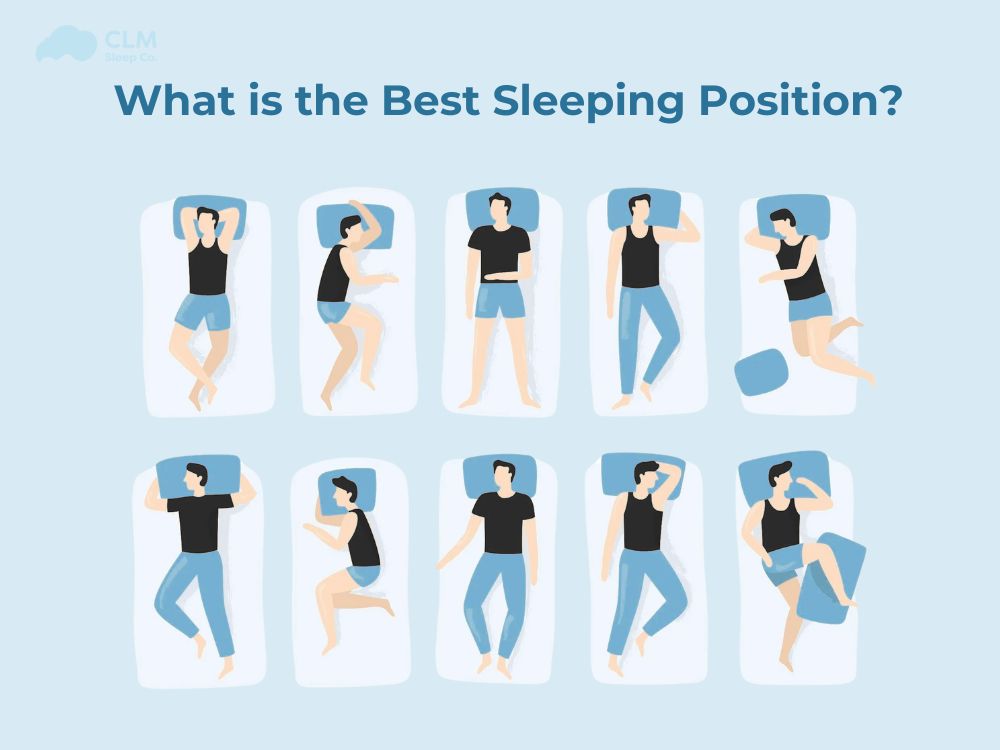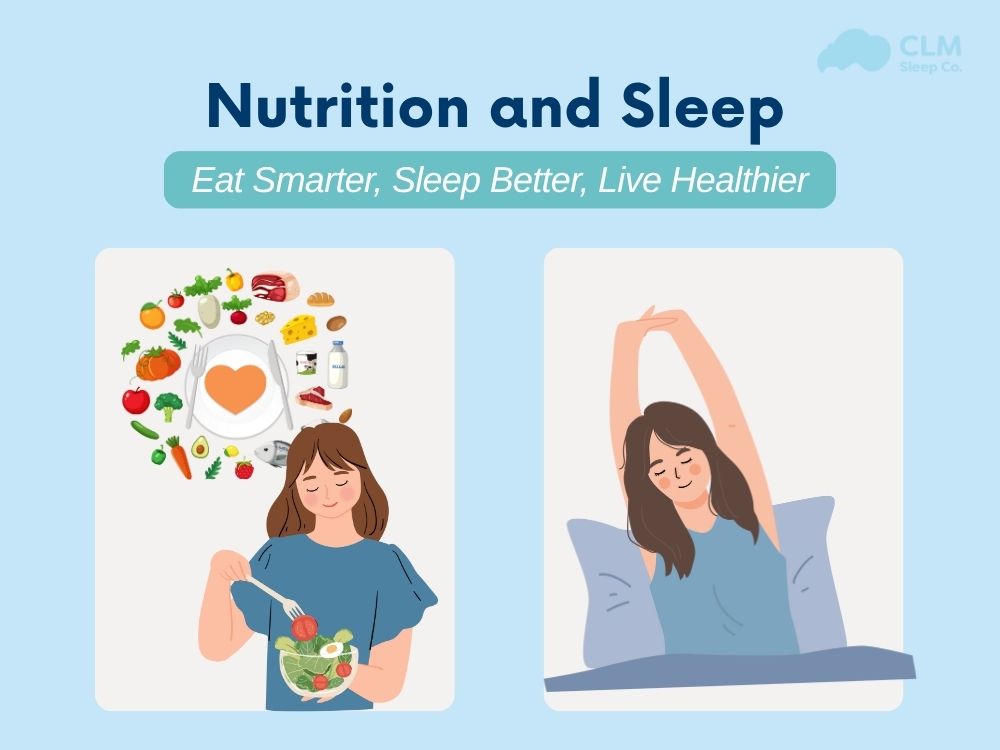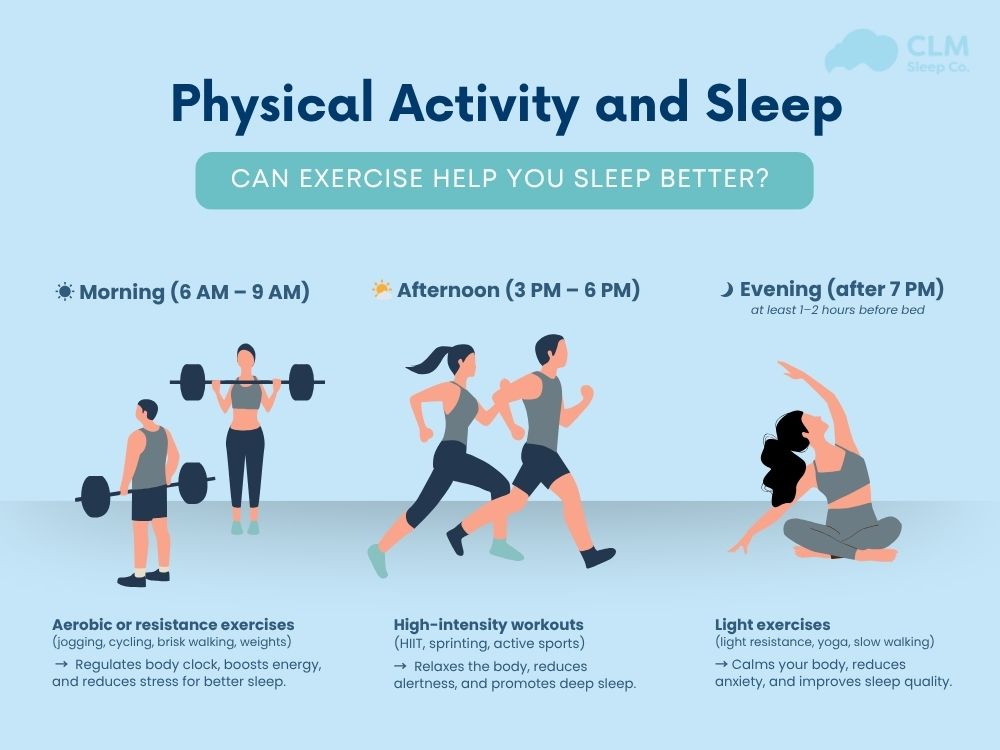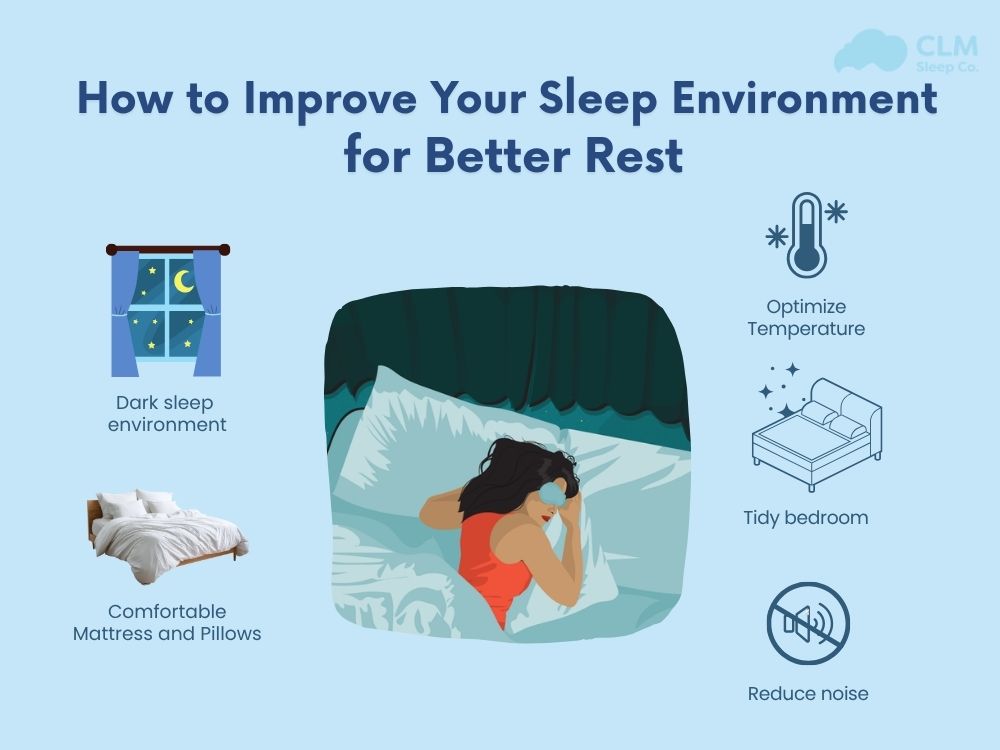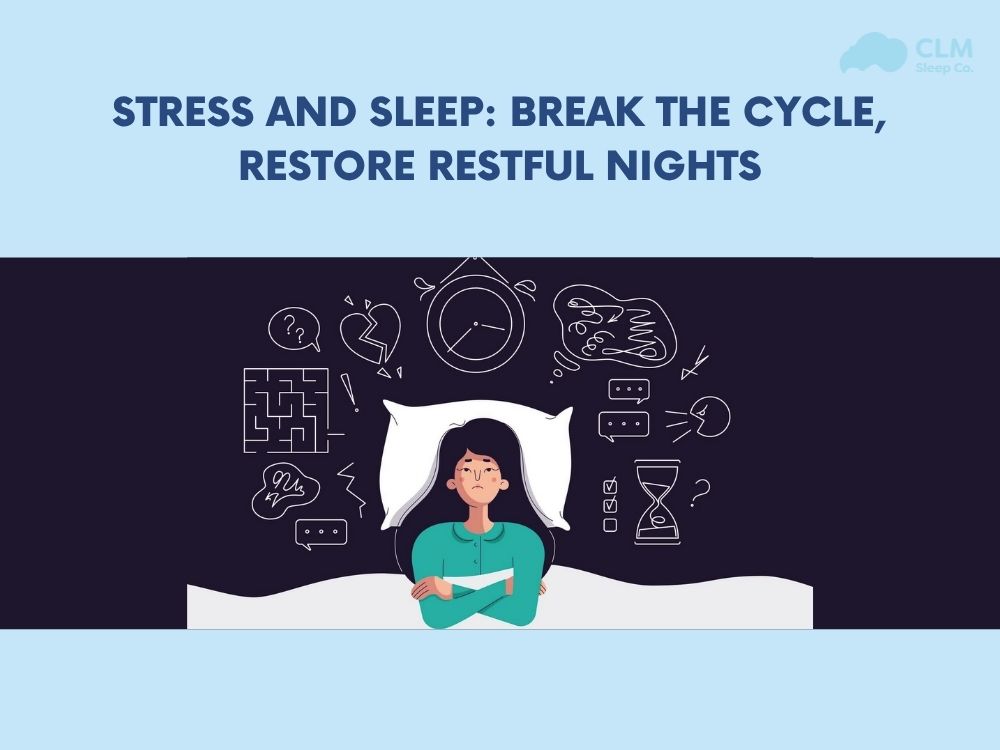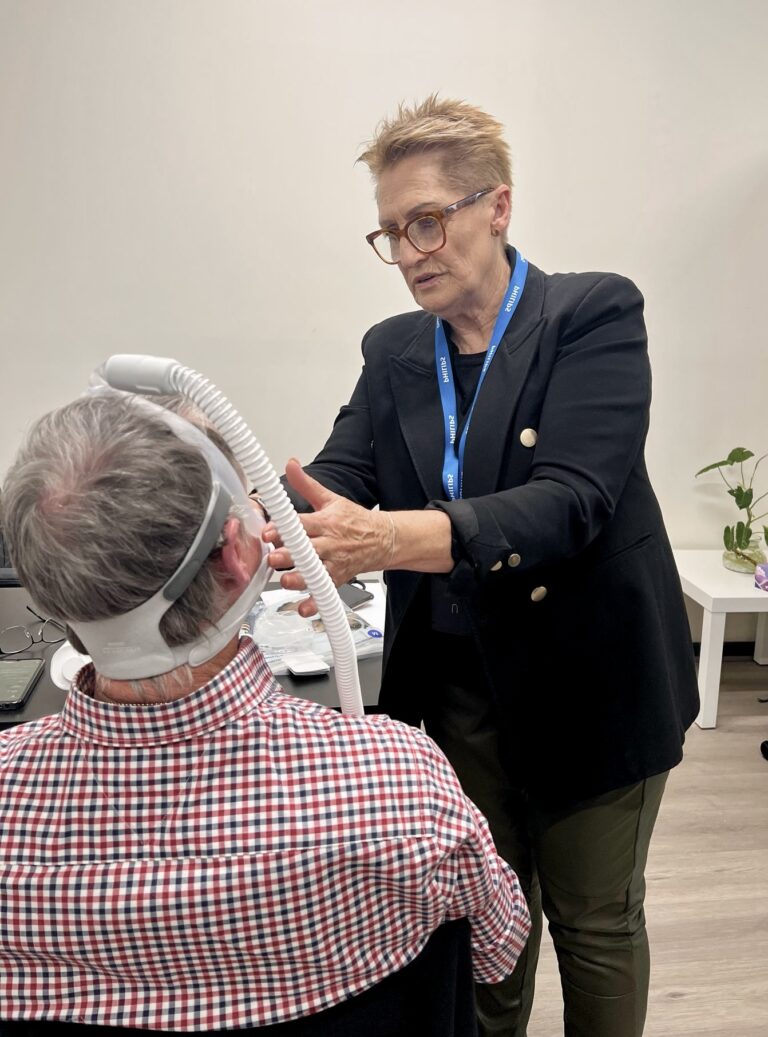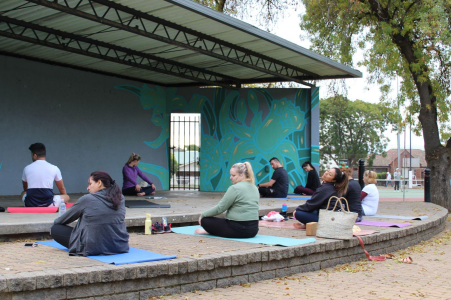Did you know that your sleeping position not only determines whether you have a good night’s sleep but also profoundly affects your health? All patients who come to CLM Sleep are advised to adjust their sleeping posture, aiming to enhance treatment effectiveness and improve the sleep conditions they are experiencing. There is no single best sleeping position for everyone, it must depend on the characteristics and specific medical conditions each person is experiencing. Let’s explore with CLM Sleep to find out the best sleeping position for you!
How Your Sleep Position Affects Your Health
The sleeping position has a significant impact on health, including sleep quality, spinal health, respiratory system, digestive system, and circulatory system. The most noticeable symptoms when you sleep in the wrong position will be back pain and neck pain, because the spine is misaligned for many hours of sleep. Sleeping in the correct position, especially keeping the spine straight, will help you reduce conditions like pain, stiffness, and other health issues related to sleep posture.
The sleeping position also directly affects your ability to breathe freely while sleeping. For those who have respiratory issues like OSA or snoring, it is necessary to avoid sleeping on their back. Because when lying on your back, the tongue and the muscles of the pharynx will fall back, compressing the airway and worsening the condition. Instead, sleeping in a sideways position will reduce airway pressure and decrease the number of apnea episodes for sleep apnea patients.
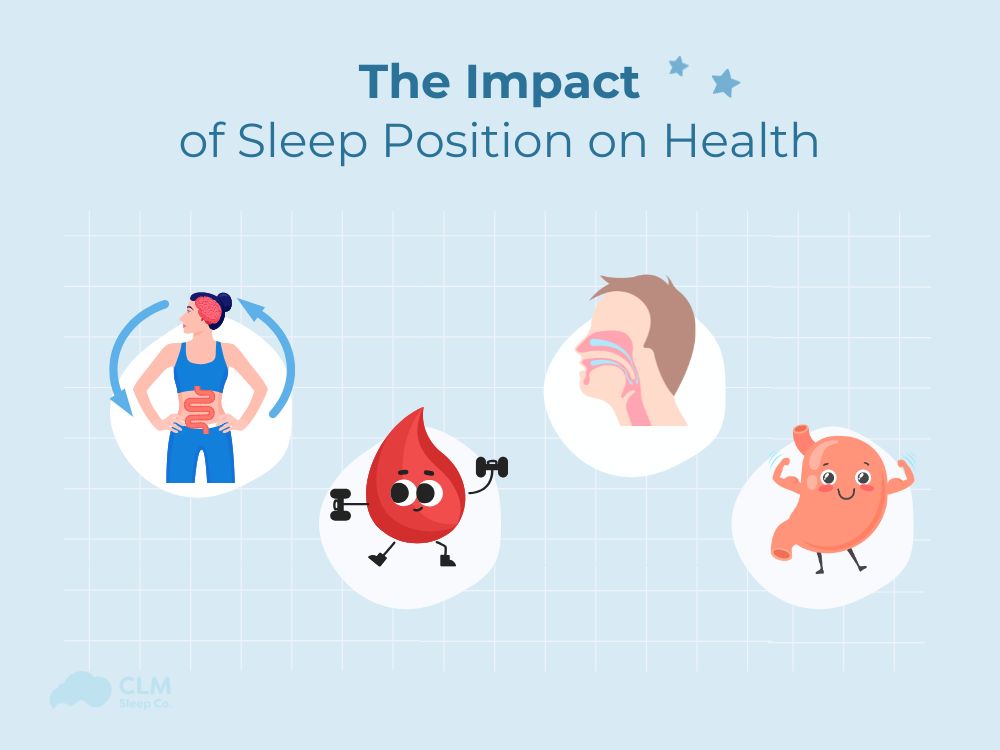
For the circulatory system, sleeping position affects blood circulation, the ability to supply oxygen, and nutrients to the body’s organs. Sleeping in the correct position, such as lying on your left side, will help improve blood circulation to the heart by not putting pressure on the inferior vena cava, or lying on your back will help maintain steady blood circulation due to the even distribution of gravity across the body. For the digestive system, sleeping posture affects the process of digestion and nutrient absorption in the body, especially for those with stomach issues. For those with digestive issues, the most suitable sleeping position is lying on the left side, which helps the stomach to be lower than the esophagus, reducing acid reflux and enhancing the digestion process by supporting the natural flow of the stomach to the small intestine.
See more: Effective Ways to Heal Sleep Apnea Naturally for Better Health
What Is the Best Sleeping Position?
Selecting the right sleep position can greatly impact your health and the quality of your sleep.
Sleeping on Your Back
Benefits:
- Naturally aligns the spine
- Relieves pain in the neck and back
- Reduces acid reflux
- Reduces wrinkles on the face and neck
Drawbacks:
- Compresses the airway, not suitable for those with respiratory issues such as snoring or sleep apnea
- Increases pressure on the spine if the position is incorrect (using a pillow that is too high or too low)
Best for:
- Those with problems in the lumbar section of the spine
- People with acid reflux (gastroesophageal reflux)
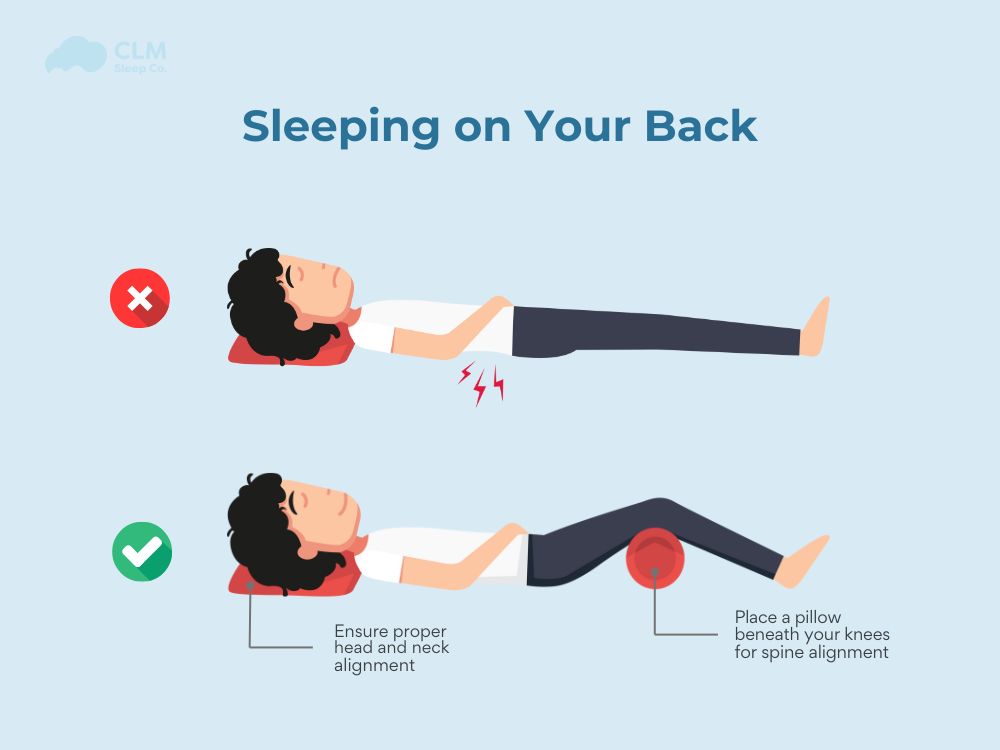
Sleeping on Your Left Side
Benefits:
- Less snoring
- Diminishes symptoms of sleep apnea
- Alleviates acid reflux and heartburn
- Relieves pain in the lower back
- Reduce pressure on the heart
- Improve blood circulation
Drawbacks:
- Shoulder pain or numbness in the arm if lying on the left side for a long time without changing position.
- Causes pressure on the lungs, kidneys, and stomach if lying in one position for a long time without changing.
Suitable for:
- People with respiratory issues such as snoring, sleep apnea
- Pregnant women.
- People with acid reflux or digestive issues.
- People with circulatory problems.
Side sleeping-with the left side being the best sleeping position for females and one of the best positions for people with sleep-disordered breathing. Most CPAP users find side sleeping compatible with low-profile mask
Sleeping on Your Right Side
Benefits:
- Less snoring
- Reduce sleep apnea
Drawbacks:
- Causes pressure on the liver
- Reduce digestive efficiency
- Acid reflux
Best for: People who snore or have sleep apnea
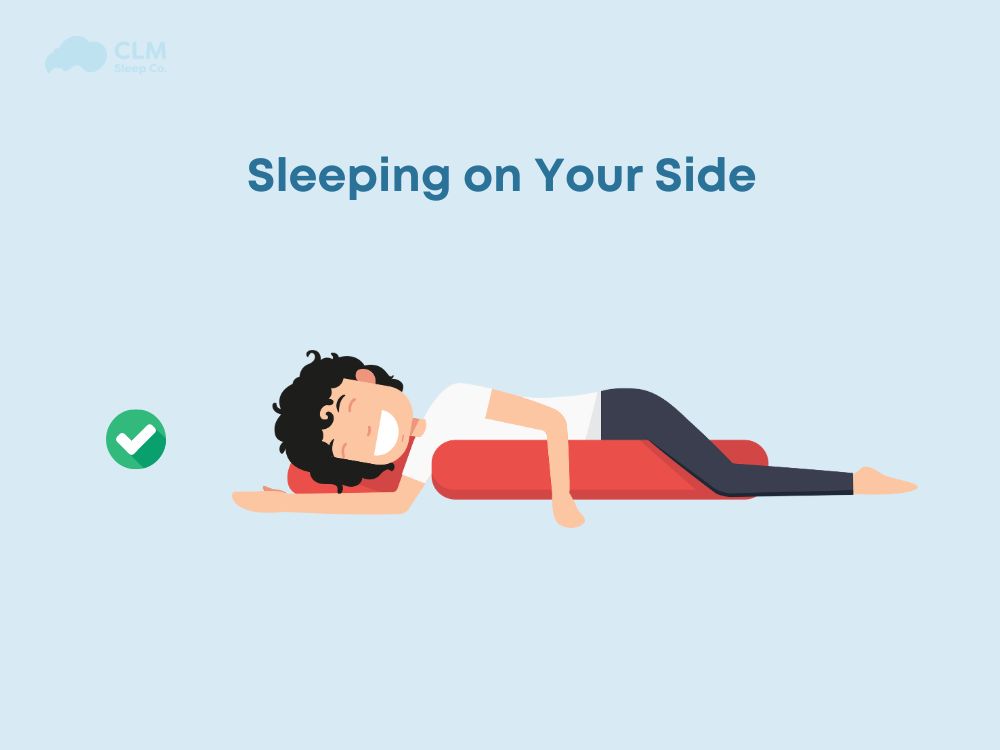
Read more: How to stop snoring
Sleeping on Your Stomach
Benefits:
- Less snoring
- Reduce sleep apnea
Drawbacks:
- Create significant pressure on the neck and spine.
- Back pain, neck pain, and muscle tension
- Creating pressure on the chest causes difficulty breathing.
- Create wrinkles and cause aging of the face and neck
Essentially, stomach sleeping is the worst sleeping position because it adds strain on the neck and spine; it can also make using the CPAP a lot more difficult.
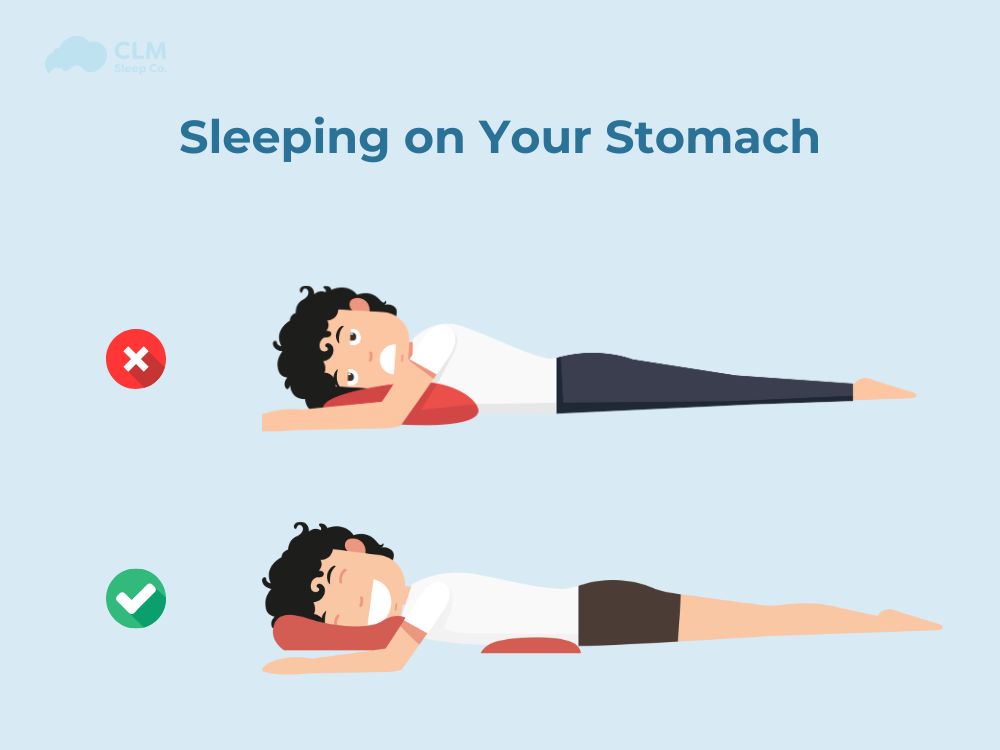
Best Sleeping Position for Common Conditions
Sleep position plays a huge role in the management of medical conditions, including back pain, snoring, and sleep apnea.
Best Position for Back Pain
People with chronic back pain should sleep in a neutral spine position to minimize discomfort.
- Sleeping on the back with a pillow placed under the knees helps preserve the spine’s natural curve and ensures even weight distribution.
- Alternatively, sleeping on the side with a pillow between the knees reduces stress on the lower back and keeps the hips properly aligned.
Best Position for Sleep Apnea and Snoring
For individuals with sleep apnea and severe snoring, sleeping on the back can worsen these conditions, as it causes the tongue and soft palate to fall backward, obstructing the airway.
- Sleeping on the side is generally recommended to help keep the airway open and minimize snoring and obstructive sleep apnea treatment
- Adopting the fetal position or reclining on the back with slight elevation, especially when using an adjustable bed, can also improve airflow and alleviate symptoms.
Tips for Improving Your Sleep Position
As much as sound sleep is critical for good physical health, mental alertness, and overall wellness, a person should never forget one important factor: sleep position. Sleeping postures truly determine spinal alignments to breathing, skin, and even moods during the day. That said, excellent and practical tips will be shared for improving your sleeping position so that you wake up pained and refreshed.
Read more: Effective Ways to Heal Sleep Apnea Naturally for Better Health
Choosing the Right Pillow
Selecting the correct pillow is essential for maintaining proper spinal alignment and reducing discomfort. The ideal pillow should support the natural curve of your neck, keeping your head in line with your spine.
- Back Sleepers: Use a pillow of medium thickness to support the natural curve of your neck while sleeping.
- Side Sleepers: Use a firm contour, high-loft pillow that keeps the neck in line with the spine.
- Stomach Sleepers: Use a soft, low-profile pillow or none to avoid neck strain.
Consider body pillows or wedge pillows to add extra cushioning under your hips, knees, or lower back if needed.
Use Supportive Devices
Adding supportive devices can make a big difference in sleep comfort and posture.
- Lumbar Pillows: Placing a small pillow under the lower back when lying on your back can reduce lumbar strain.
- Knee Pillows: Sleeping on your side with a pillow between your knees helps keep the hips aligned and minimizes lower back tension.
- Adjustable Beds: Slightly elevating the upper body can aid those with acid reflux or sleep apnea, enhancing airflow and comfort.
- Body Pillows: These are especially beneficial for side sleepers, providing support for the entire body and reducing pressure on the joints.
Incorporating these aids helps maintain a neutral spine position, reducing strain and enhancing sleep quality.
Make Gradual Adjustments
Changing your sleep position can feel unnatural at first, but gradual adjustments make it easier to adapt.
- Start Slowly: Begin by making minor changes, like adjusting your pillow height or adding a small cushion for support.
- Train Your Body: Use pillows or rolled towels to prevent rolling into a less favorable position during sleep.
- Stay Consistent: Practice the new position regularly to help your body adapt. It may take a few weeks to feel completely comfortable.
- Listen to Your Body: If the new position causes pain or discomfort, make small modifications rather than forcing it.
Being patient with the adjustment process ensures long-term improvements in your sleep posture and overall health.
Conclusion
Your sleep position significantly impacts how rested you feel and how your body responds each morning. Making simple changes and choosing the right support can enhance your sleep quality and overall well-being. Looking for effective sleep solutions? Contact CLM Sleep today to get the best guidance for your restful nights.
